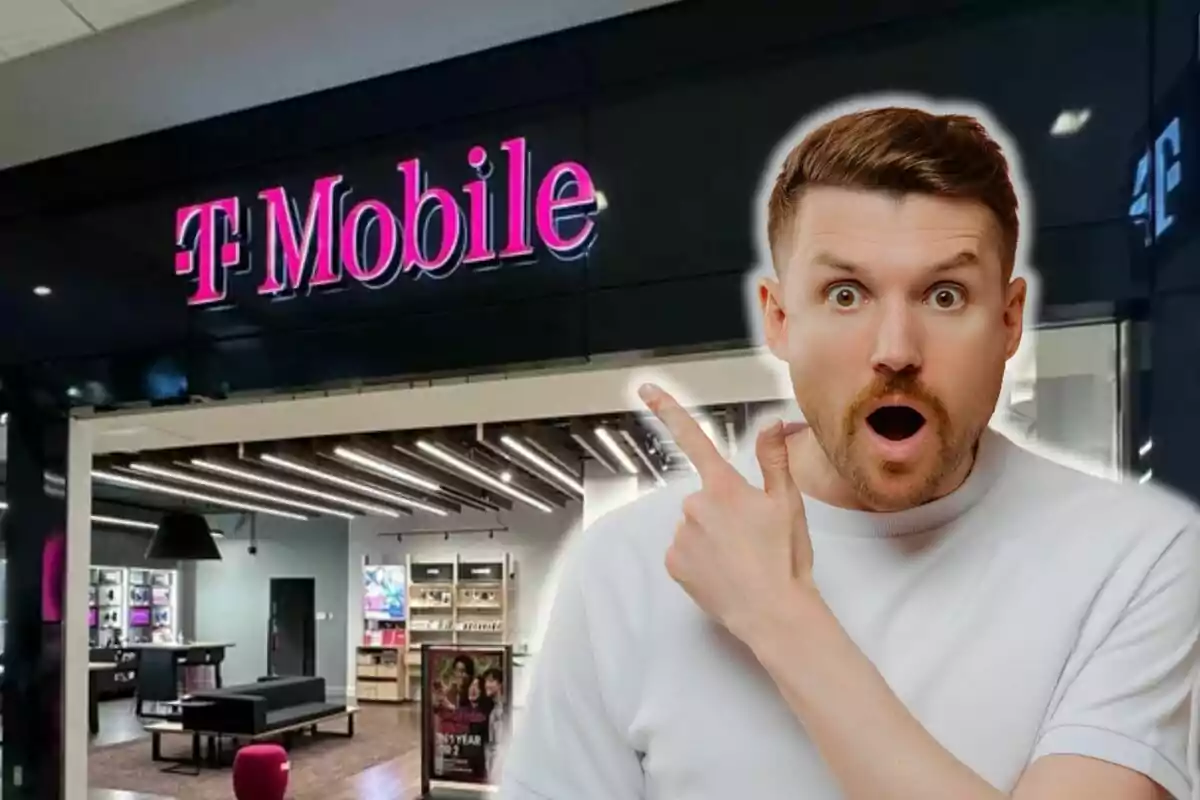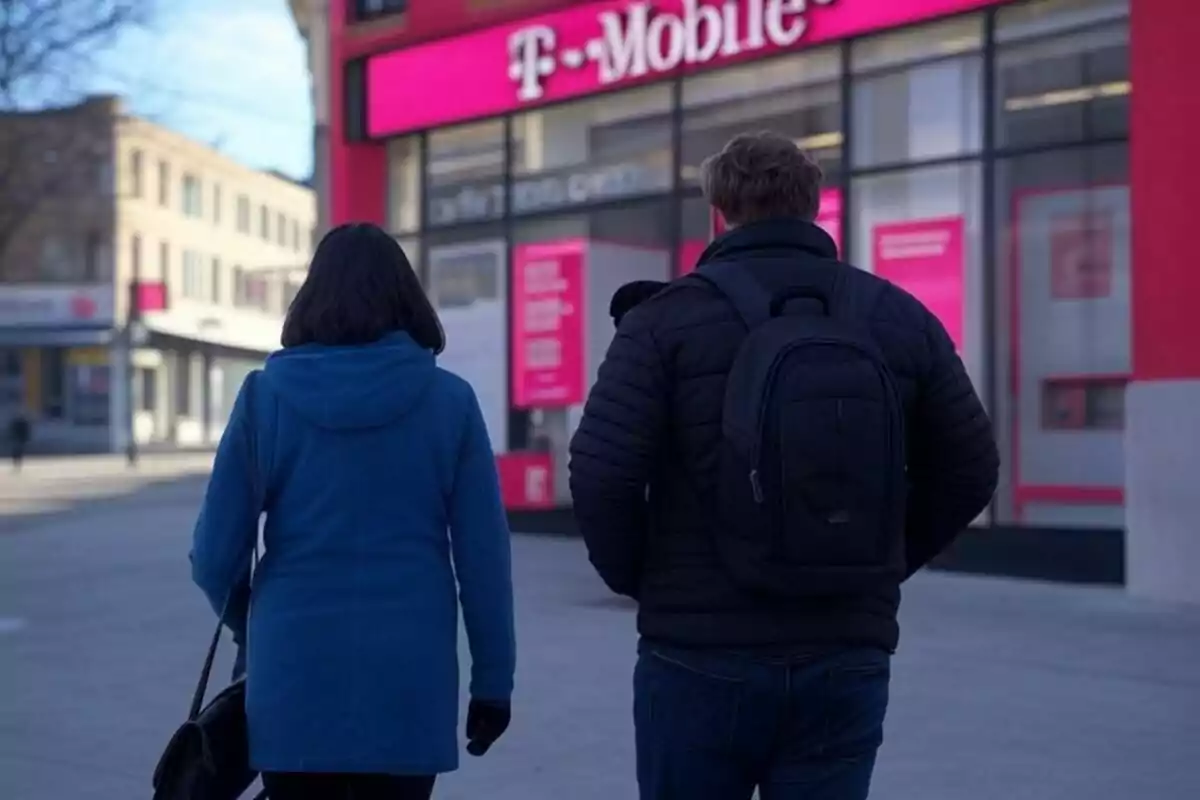
Proven: T-Mobile faces an unexpected rival and will not hold back
The company has to face a competitor it did not expect, who promises to make things difficult for it
When it seemed that the path was clear in the world of satellite connectivity, T-Mobile encountered an unexpected surprise. The American carrier has been working for some time to expand its coverage through satellites, in collaboration with Starlink. However, it now faces a new competitor that, although it doesn't operate as a mobile carrier, has immense power: Apple.
The arrival of new satellite features on iPhone devices has changed the landscape. What seemed like an initiative led by T-Mobile must now share space with the tools Apple has incorporated into its phones. Both companies offer satellite connectivity solutions, but they do so with different strategies, which could mark the beginning of a silent yet intense rivalry.
T-Mobile has been working on this proposal for some time
T-Mobile has been working so that several Android devices and some iPhone models can access the internet through its satellite network. It's known as T-Satellite. With the arrival of iOS 26, it has also expanded its list of compatible applications, including Apple apps like Apple Maps, Apple Weather, Apple Music, Apple Messages, or Apple Fitness.

These apps have been optimized to work under satellite connection conditions, although with some limitations compared to the regular versions.
The company reminds users that this data doesn't offer high speed. Therefore, they recommend having all apps downloaded and configured before leaving terrestrial coverage. Even so, this technology opens up a new world of possibilities for those who travel or live in areas with little mobile signal.
This is where Apple comes into play. The company hasn't fallen behind and has also strengthened its satellite features, in collaboration with Globalstar. iPhone 14 and later can use satellite connection to send emergency messages, share location, and communicate with others in situations where there's no conventional signal.
Unlike T-Mobile, Apple allows the user to enable or disable satellite connectivity from the iPhone settings. Although these features are somewhat more limited and available only in certain regions, they have an advantage: they don't depend on a carrier. This has led many users to choose the iPhone's native tools instead of paying for additional carrier services.

The carrier plays its cards
Meanwhile, T-Mobile offers its service at no extra cost only to customers of its most advanced plans like Experience Beyond or Go5G Next. The rest must pay a monthly fee to activate the satellite feature. This has raised some doubts among users who compare the two options.
Although T-Mobile and Apple don't compete directly in the same market, the fact that both offer satellite solutions puts users at a crossroads. They wonder whether it's better to use the carrier's services or stick with what the iPhone already offers.
In addition, T-Mobile plans to add support for MMS via satellite, which would increase its functionality compared to Apple's more basic proposal. It also has an advantage in terms of compatibility, since its T-Satellite network even extends to iPhone 13. Meanwhile, Apple's features are only available starting with iPhone 14.
More posts: